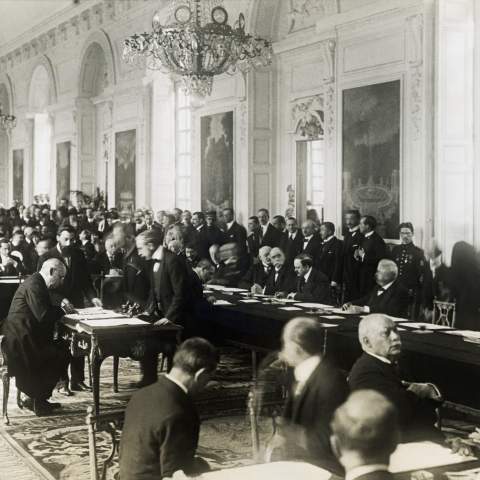
The Kingdom of Hungary experienced a significant loss of independence following the Battle of Mohács against the Turks in 1526. Subsequently, the country was divided into three parts and became part of the Habsburg Empire. Tensions between Austria and Hungary within the Habsburg Empire escalated, leading to a Hungarian war of independence against the Habsburgs (Austrians) in 1848-1849. Despite Hungarian efforts, the Austrians emerged victorious with the assistance of Russia. A compromise was reached between Austria and Hungary in 1867, resulting in the establishment of the Austro-Hungarian Monarchy. Under this arrangement, Austria and Hungary co-ruled the state as equal partners with a shared monarch. However, ethnic tensions within Hungary were on the rise, with various ethnic groups coming into conflict with the Hungarian majority. Hungarian politics often exhibited hostility towards other nationalities, exacerbating the situation.
In 1914, as part of the Austro-Hungarian Monarchy, Hungary declared war on Serbia, triggering the start of World War I. Following the war, Czech and Slovak emigrants in the USA devised plans for the establishment of an independent Czechoslovakia. The defeat of the Austro-Hungarian Monarchy in World War I led to its dissolution, with various nation-states emerging from its ruins, including Czechoslovakia. The Treaty of Trianon, signed on June 4, 1920, resulted in a significant reduction of Hungary's territory from 282,000 km² to 93,000 km², representing a loss of two-thirds of its land. Approximately 3 million Hungarians found themselves on the wrong side of the new borders, as the economic aspect took precedence over ethnic considerations during the border realignment. A large number of these displaced Hungarians, ranging from 700,000 to 1,000,000, settled in the newly formed Czechoslovakia, marking the beginning of the history of Hungarians in Slovakia.

